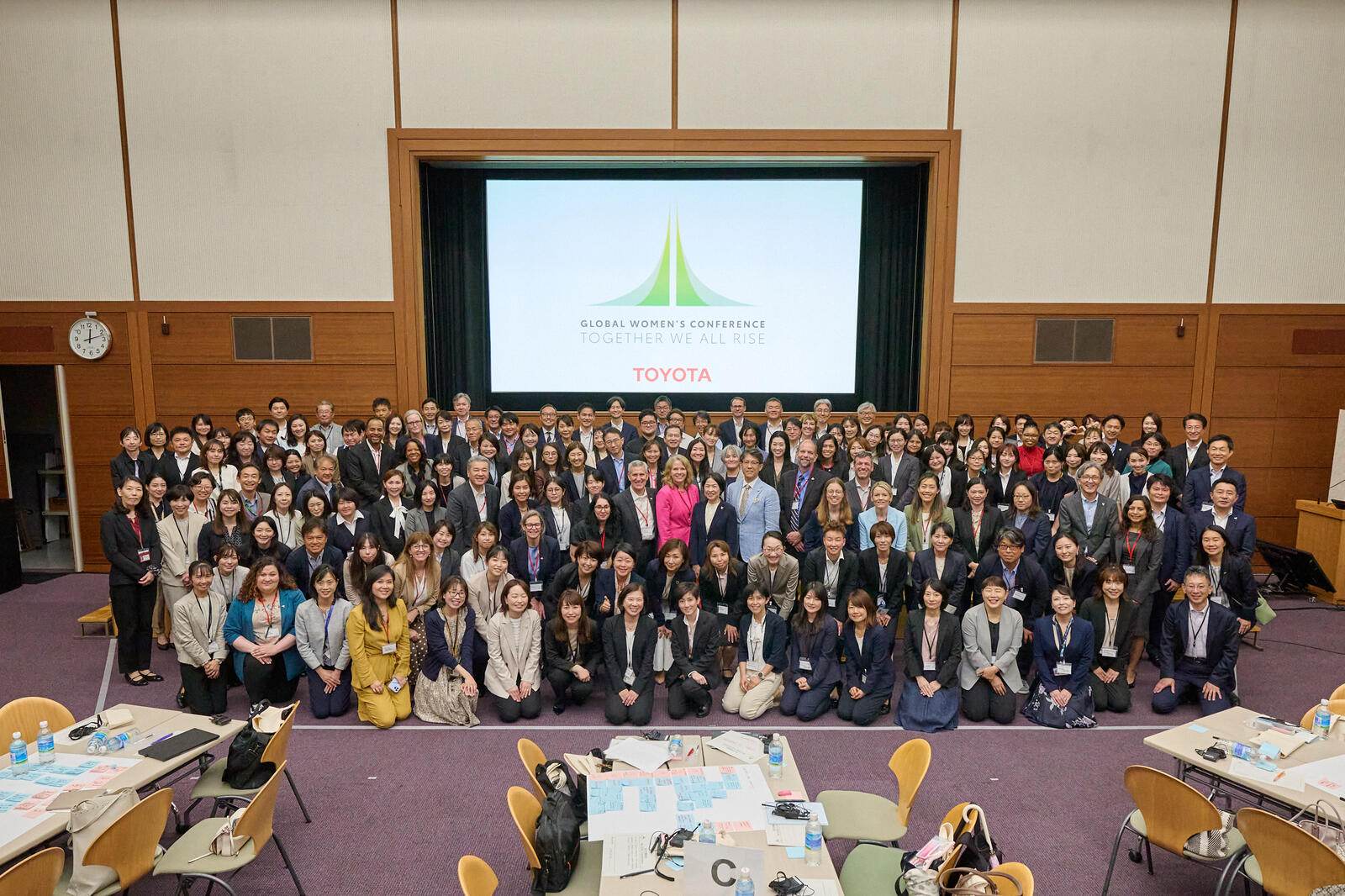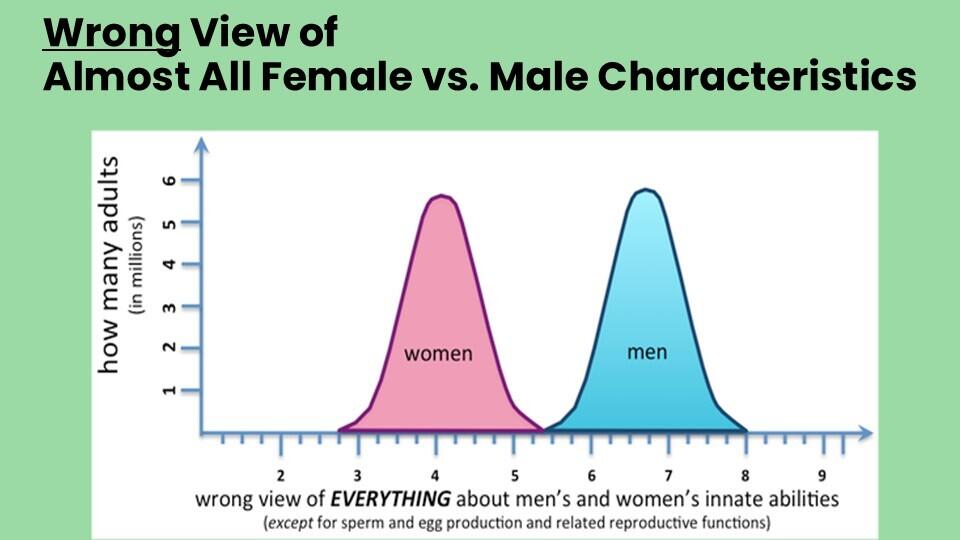
When it comes to dispelling biased views of men and women, there are more effective methods than anti-bias training...

“Women and men have far more in common than their differences,” emphasized Dr. Gill Pratt, Chief Scientist and Executive Fellow at Toyota and Chief Executive Officer of Toyota Research Institute.
He was speaking at the Global Women's Conference organized by Toyota, which regards the participation and advancement of female employees as a key issue. The event was attended by around 160 company staff, including President Koji Sato and Chief Sustainability Officer Yumi Otsuka.

Does stereotyping stem from bad intentions?
In this article, we share Dr. Pratt’s speech from the conference.
As Toyota’s chief scientist, Dr. Pratt has previously presented carbon neutrality-related recommendations to various organizations, including the World Economic Forum in Davos and Keidanren's Committee on Mobility.
This time, his talk acutely highlighted the many unconscious biases that exist in our world. No doubt our readers will gain some important insights.
Dr. Pratt
Let’s begin by looking at the first frame of a cartoon of two men in a mathematics class: a teacher and a student.
The student makes two mistakes - forgetting to write “dx” and coming to the wrong result.
What do you think the teacher says? The teacher’s judgment is cruel but targeted: “Wow. You suck at math.”
In the next frame, the same scenario occurs, but this time, the student is female.
What do you think the teacher says?
“Wow, girls suck at math.” Pretty awful, isn’t it? Unfortunately, this kind of stereotyping is common.
Please raise your hand if you have found yourself judged similarly, not as an individual, but based on a stereotype of your identity.
In the audience, many hands shot up. Dr. Pratt continued.
Dr. Pratt
Why does this happen? Is it because of bad intentions? I don’t think so. Most people’s intentions are not bad. There is another reason.
Scientifically, animals evolved to detect patterns in the presence of noise, like the tiger in the grass you see here.
False alerts are less dangerous than missed detections, so we tend to detect patterns even when they are false.
False detections are a form of confirmation bias – a tendency to favor information that confirms our prior beliefs, even when those beliefs are wrong.
If you are worried about a tiger, you will see a tiger usually when it is there, and sometimes when it is not.
School-age girls actually perform better in math than boys, but the common belief historically was that they perform worse.
So because of confirmation bias, when a female student makes a mistake, sometimes it is assumed the mistake happened because of her gender.
Would the cartoon have been better if it aligned with the truth that Boys are worse than Girls at math?
Of course not. Because that would still be making the fundamental mistake of stereotyping. Let's take a deeper look at the science of that mistake.
The differences within, not between
Next, he offered a scientific explanation for why focusing on male-female differences is misguided.
In the 1960s, evolutionary biologist Richard C. Lewontin analyzed human genes. He hypothesized that most genetic variation occurs within groups, with very little variation between different groups.
His theory states that greater differences exist within the same gender (within the group) than between men and women (between groups).
Dr. Pratt
Modern DNA analysis tools have largely confirmed that it is true.
Does Lewontin’s theory also hold true for most characteristics related to gender?

Many people believe that women and men differ strongly on a number of characteristics, as shown in this diagram. In fact, this picture is wrong for almost all characteristics of women and men other than those related to reproduction.
Even for height - one of the greatest differences between average women and men, the diversity within each gender is greater than the diversity of average height between genders.
For example, the priest at Tateshina and I are both men. But many women, including my wife, are taller than the priest. And some women are even taller than me.
How about Brain Anatomy? Are men’s and women’s brains physically different?
On average, just a little. But the diversity of brain anatomy within each gender is much greater than the diversity of the averages between genders.
Next, Dr. Pratt turned to personality.
Many of us have likely assumed that someone is a certain way “because she’s a woman,” or “because he’s a man.” On the next must-read page, Dr. Pratt provides a concrete method for eliminating such biases.

